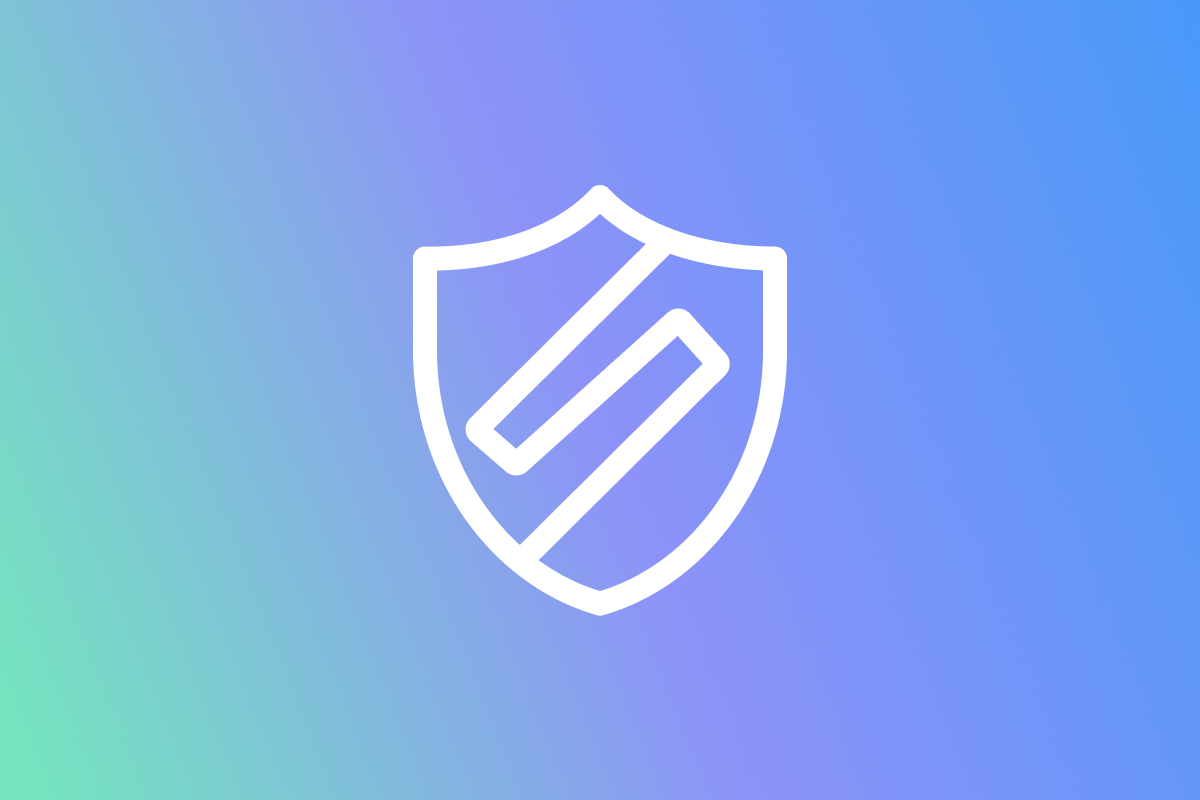FDIC-ensured bank accounts typically cover up to $250,000. Many individuals feel as though their money is secure within these banking institutions. However, a single hacker can drain your bank account and leave you with a serious headache, at the very least, as you piece your financial life back together. If you understand the current schemes and hacks these digital thieves run, you can add extra layers of protection. Here’s a look at the most recent scams hackers use when they make a run on a bank.
Infrared Photography
A simple way in which identity thieves can steal your debit PIN is with this technology. When you use a card reader at a store and enter your PIN the next person in line can take a infrared picture of the keypad. The heat from your fingers linger on the numbers you’ve pressed and give them your PIN. Of course, they’ll still need your name, but they are one step nearer. While infrared cameras were once thousands of dollars, now they just cost a couple hundred. Furthermore, a company by the name of FLIR, makes smartphone cases with built in infrared cameras which are sold at Apple stores, nonetheless. However, it’s not difficult to protect yourself from this type of attack. When you enter your PIN, just lay your extra fingers over some of the other keys on the pad. The heat from your fingers will then transfer over an assortment of keys and make your PIN more difficult, if not impossible to guess.
Protect Yourself
Federal law proclaims that any money stolen from you bank account will be reimbursed as long as you file the loss with your financial institution within 60 days of the incident. However, this guarantee comes with a caveat: you can not have put your account at risk in a foolish way. Never provide your bank or credit card information over email or via text. Nor should you ever provide your Social Security Number in these forms. These precautions minimize your risk, but do not eliminate the chances of identity theft completely. That’s why a identity theft prevention service like LifeLock is an important tool. Lifelock monitors your bank accounts, lines of credit, and even your SSN.
Open WiFi and Bluesnarfing
Open WiFi networks are risky due to the volume if users on them. The savvy hacker can easily access your mobile device unless you take strict measures. First, never enable sharing options on your computer when on a public or open network. Second, always make sure your antivirus and firewall are enabled. Third, use a Virtual Private Network (VPN), like CyberGhost. A VPN creates a private network on top of the open network. It runs your connection through a remote server in another state or country. If a hacker can’t see your computer on the network, he can’t gain access. When a hacker attempts a bluesnarf, they first scan the area for Bluetooth enabled devices. Then they pair their device with your own. This takes a special software the hacker might have written themselves. Of course, if you don’t have your Bluetooth enabled you can’t be bluesnarfed. You can also set your device’s Bluetooth as invisible. While this decreases the chances of bluesnafing, it doesn’t completely eliminate the risk. (3)

